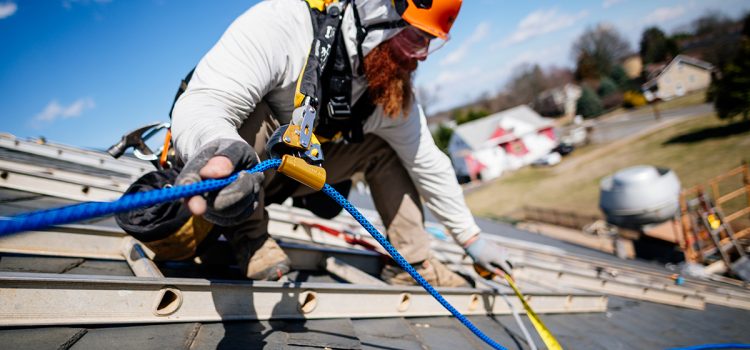Ensuring Safety at Heights: A Guide to Fall Protection – Jason Wible Frenchcreek
Working at heights poses significant risks, making fall protection a critical consideration across various industries. Whether it’s construction sites, maintenance work, or industrial settings, implementing effective fall protection measures is essential for safeguarding workers’ lives and reducing the potential for injuries. Here, we take on some advice from people like Jason Wible Frenchcreek and aim to provide comprehensive information on fall protection, including its importance, key components, and best practices.
Understanding the Importance of Fall Protection
Falls from heights are a leading cause of workplace fatalities and injuries. According to the Occupational Safety and Health Administration (OSHA), falls accounted for over 33% of construction fatalities in the United States in recent years. Recognizing the importance of fall protection is crucial to preventing accidents and creating a safe work environment.
Key Components of Fall Protection
Fall Arrest Systems: These systems prevent a person from hitting the ground or a lower level after a fall. They consist of an anchor point, a body harness, a lanyard, and a connecting device. Fall arrest systems are designed to absorb energy and minimize the impact on the worker’s body during a fall.
Guardrails and Barriers: Installing sturdy guardrails and barriers around elevated work areas can prevent falls by creating a physical barrier between workers and hazardous edges. These safety measures should meet specific height and strength requirements outlined by safety regulations.
Safety Nets: Safety nets are typically used when fall distances are significant or when it is impractical to use other fall protection systems. They are designed to catch falling workers and prevent them from hitting lower levels or structures. Safety nets should be installed by professionals and regularly inspected for any signs of damage.
Personal Protective Equipment (PPE): PPE plays a crucial role in fall protection. Workers should wear appropriate gear such as helmets, non-slip footwear, and high-visibility clothing to enhance their safety while working at heights.
Fall Protection Best Practices
Risk Assessment: Before starting any task at heights, conduct a thorough risk assessment to identify potential hazards and implement the necessary controls. Assess factors like the stability of the work surface, weather conditions, and the presence of obstacles.
Training and Awareness: Proper training is vital for all workers who may be exposed to fall hazards. Ensure employees are educated on the proper use of fall protection equipment, hazard recognition, emergency procedures, and the importance of following safety protocols.
Regular Inspections and Maintenance: Fall protection systems, including harnesses, lanyards, anchor points, and guardrails, should be inspected regularly for wear, damage, or deterioration. Any faulty equipment must be replaced or repaired promptly.
Clear Communication: Maintain clear communication among workers regarding potential hazards, changes in work conditions, and emergency procedures. Establishing effective communication channels helps ensure everyone is aware of the risks and knows how to respond in case of an emergency.
Continuous Improvement: Regularly review and update fall protection procedures based on lessons learned, new regulations, and technological advancements. Seek feedback from workers and safety professionals to identify areas for improvement and enhance the overall safety culture.
Fall protection is a critical aspect of workplace safety, especially when working at heights. By implementing comprehensive fall protection measures, including fall arrest systems, guardrails, safety nets, and proper PPE, employers can significantly reduce the risk of falls and promote a safer work environment. Remember, investing in employee training, conducting thorough risk assessments, and maintaining equipment are essential steps towards ensuring the well-being of workers and preventing potentially life-threatening accidents.


Comments are closed.